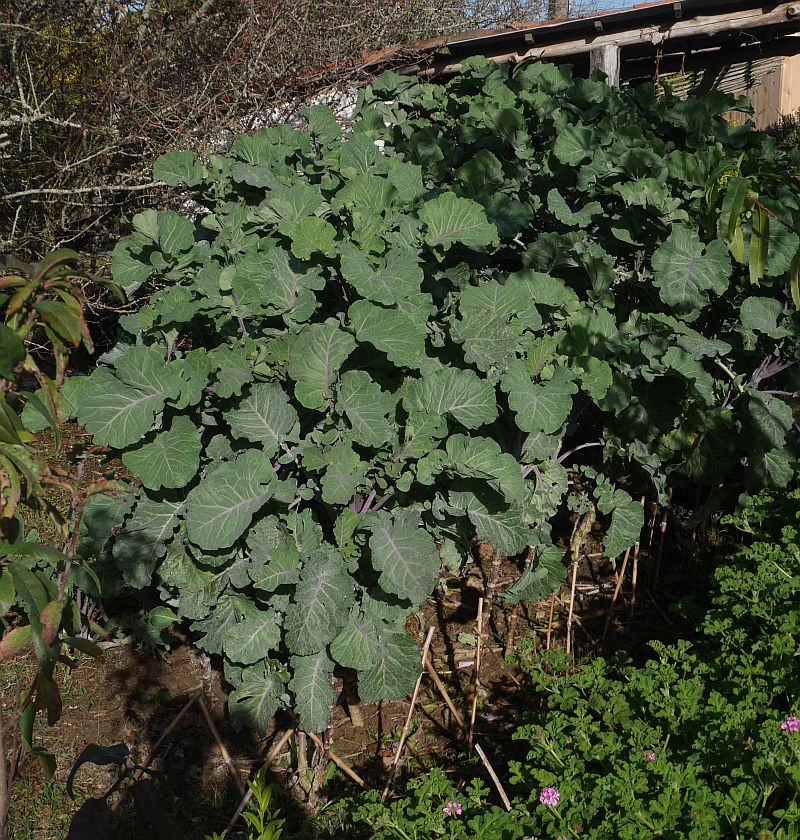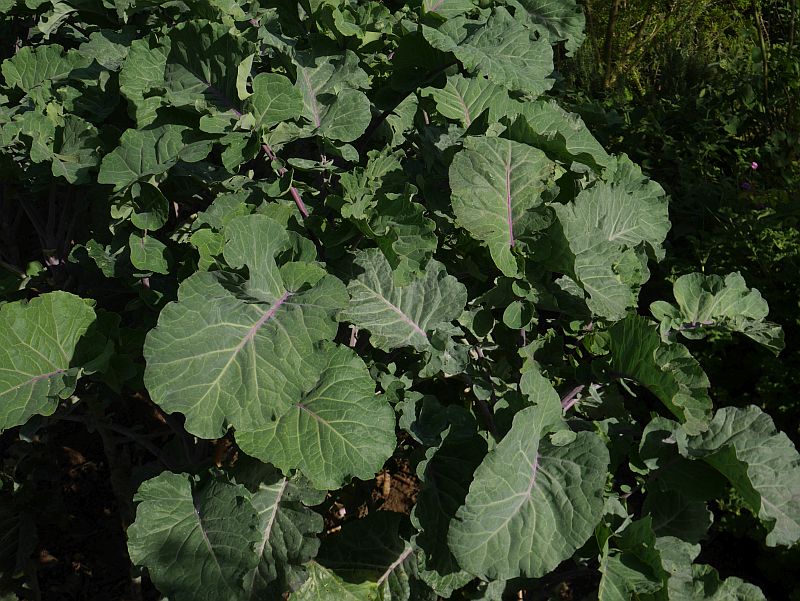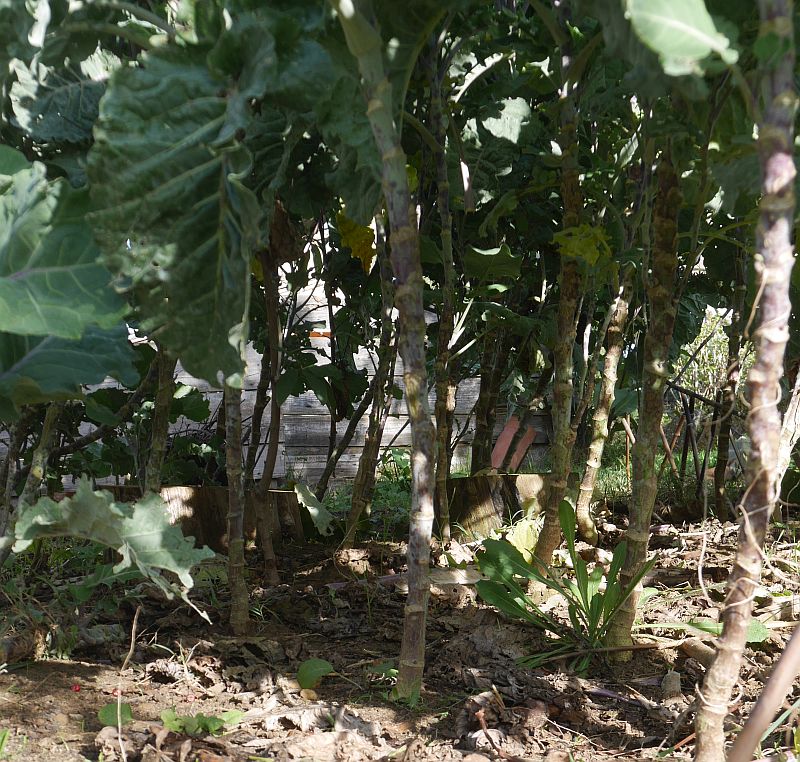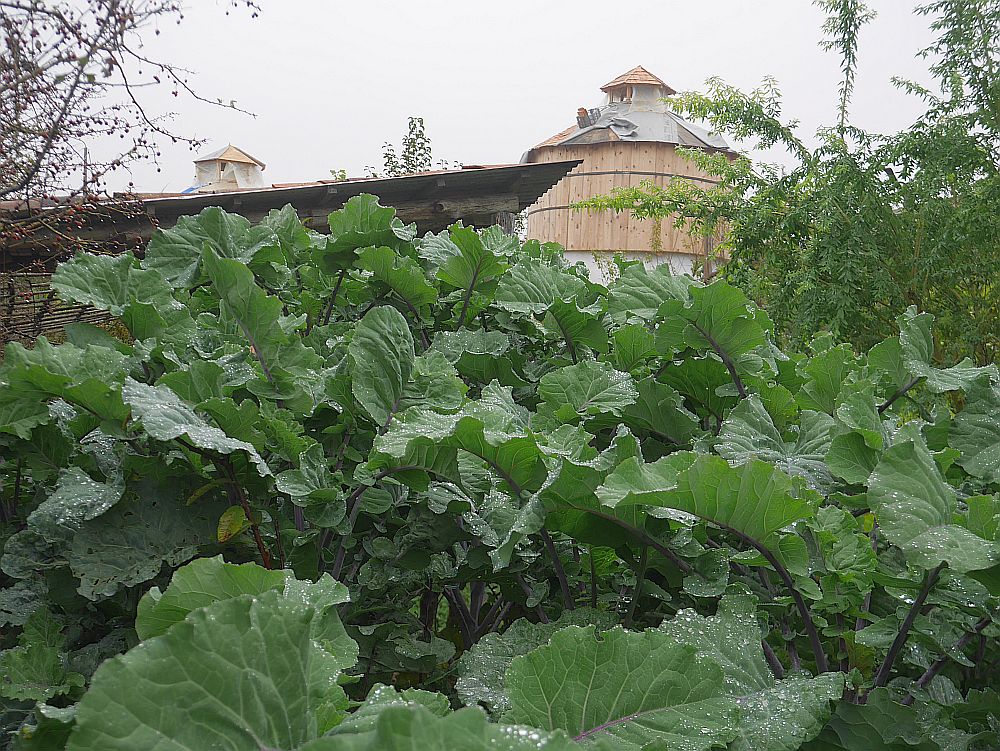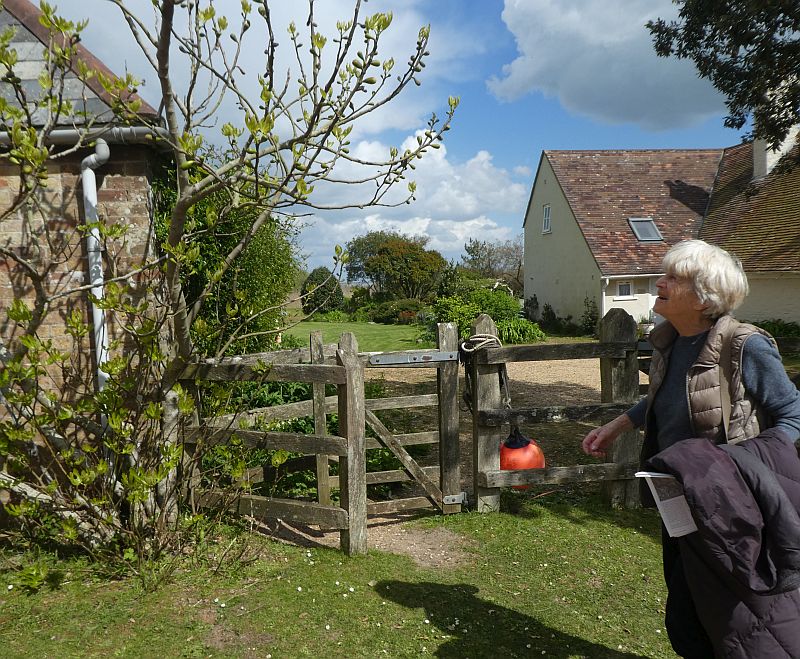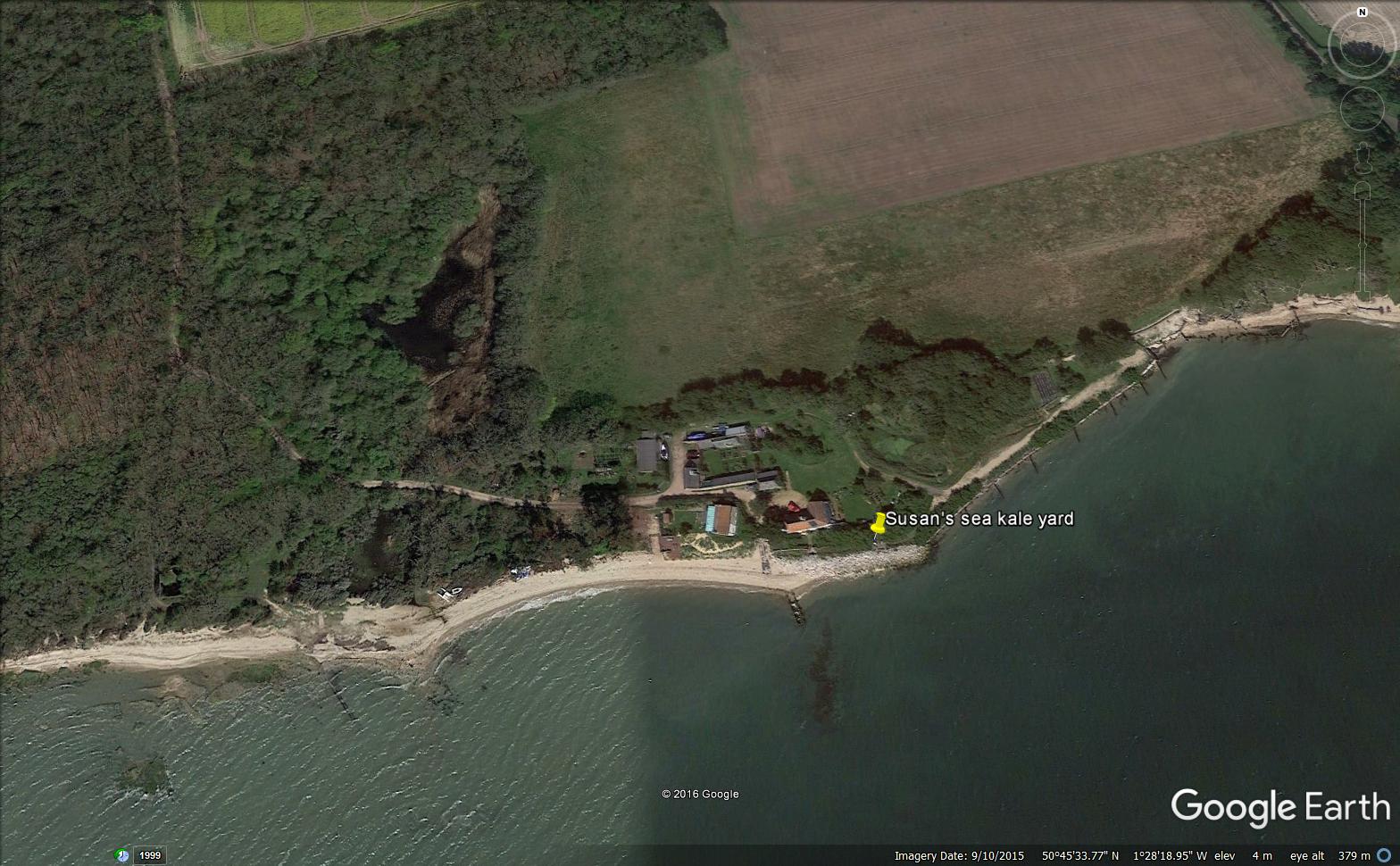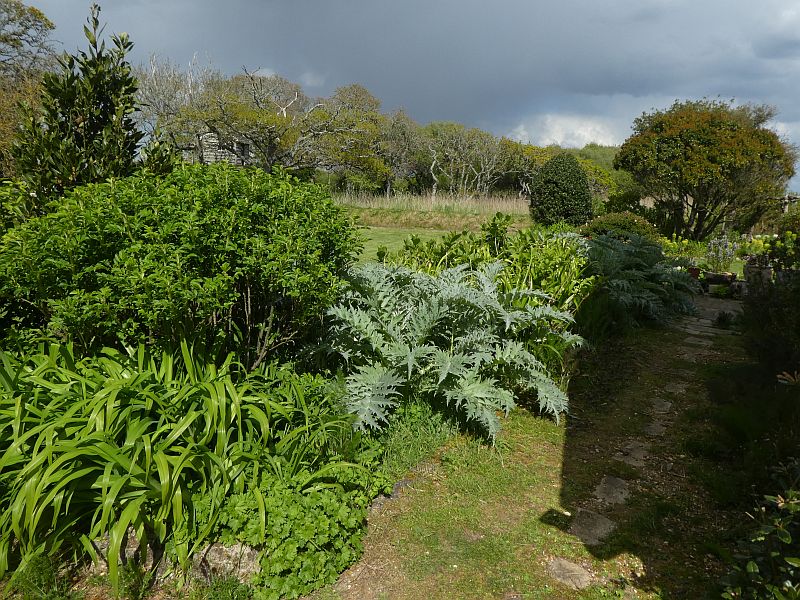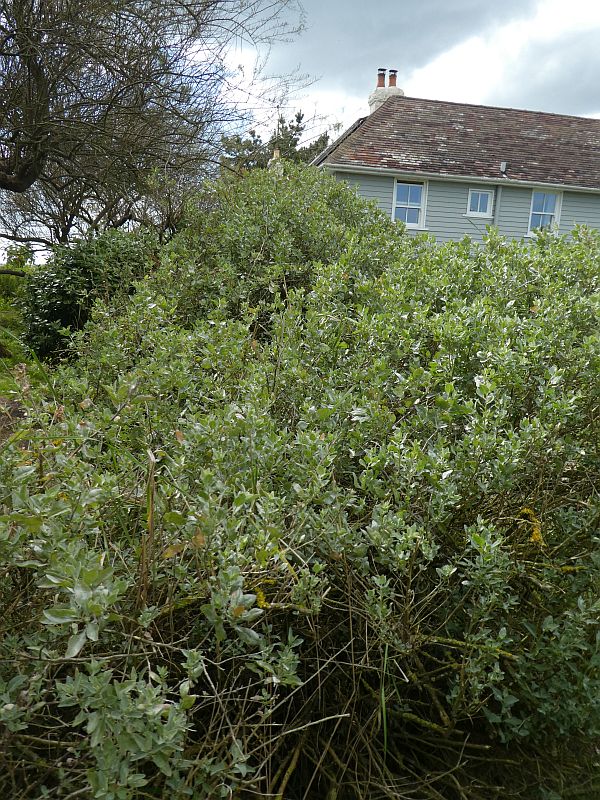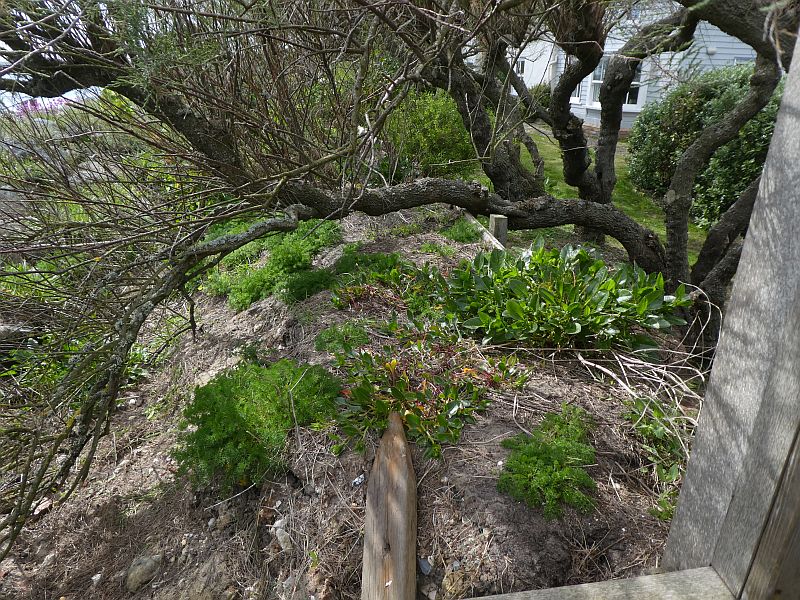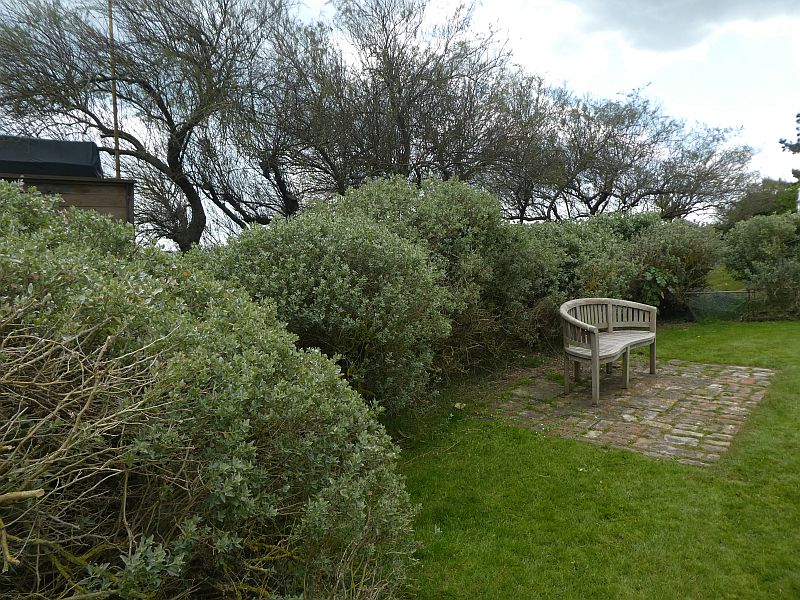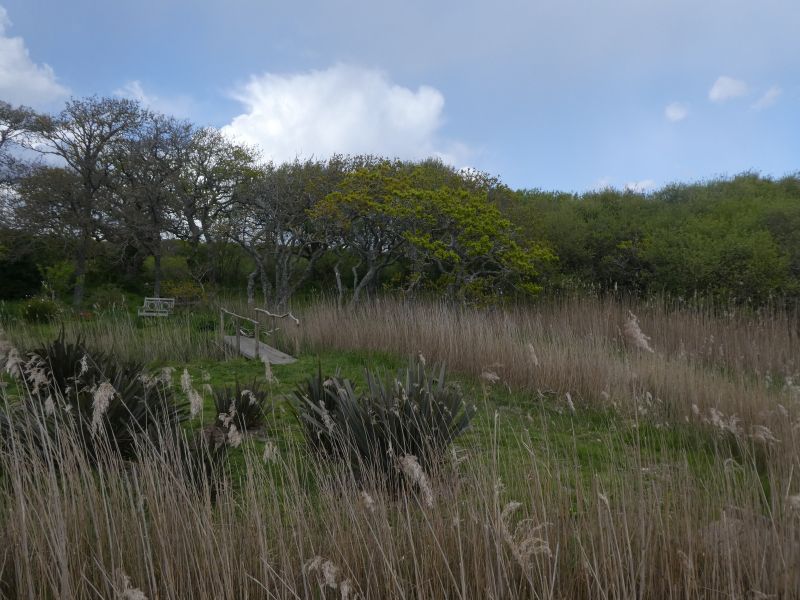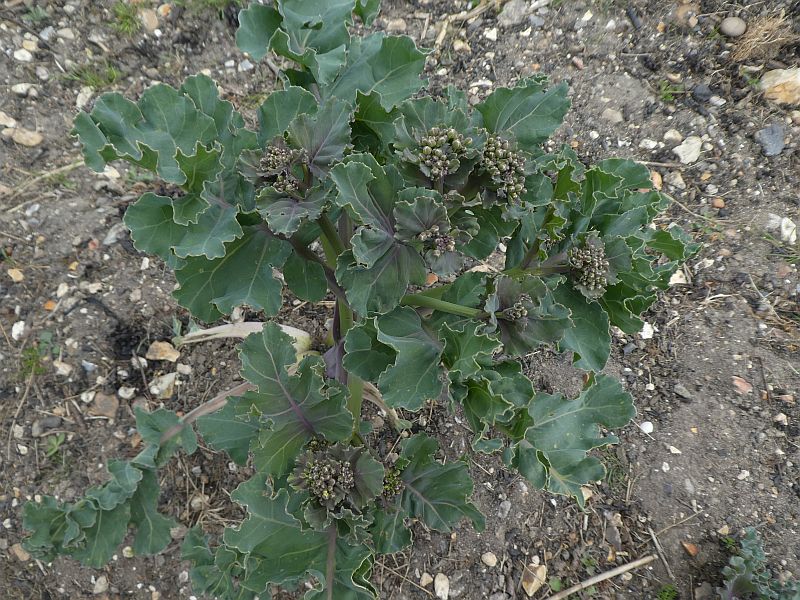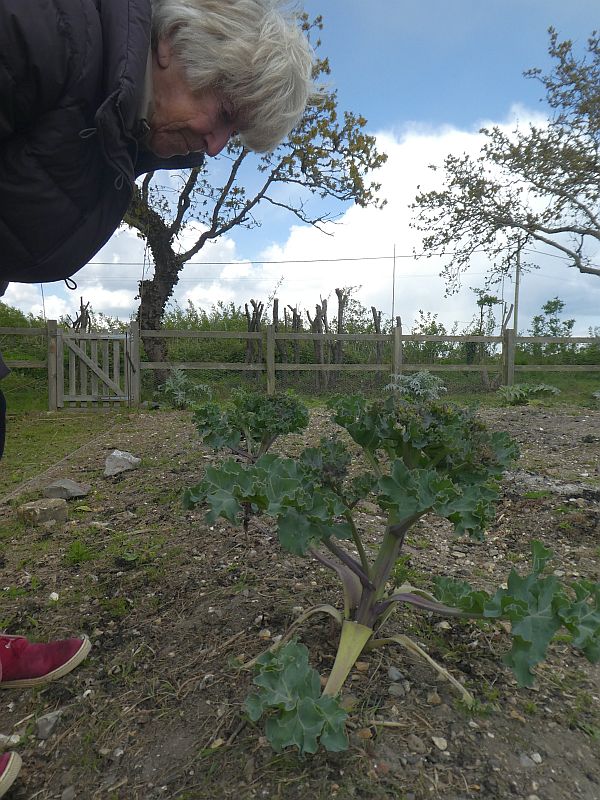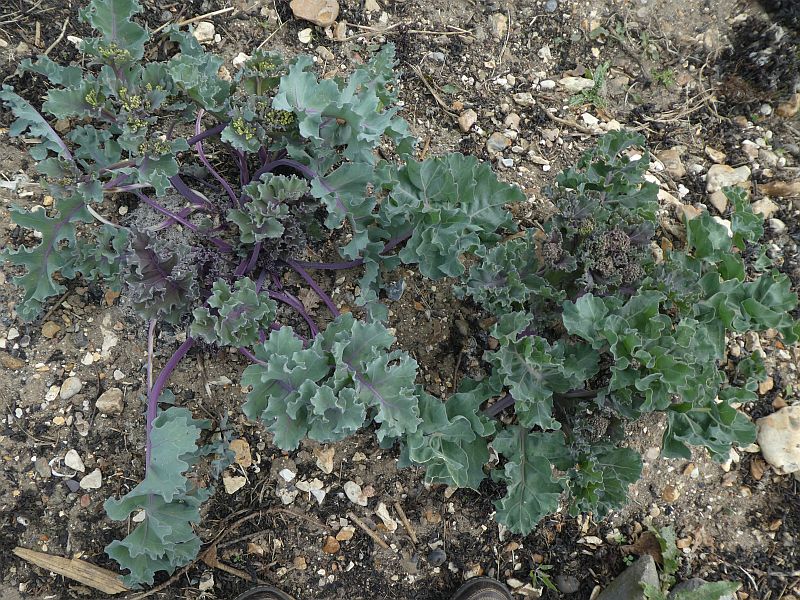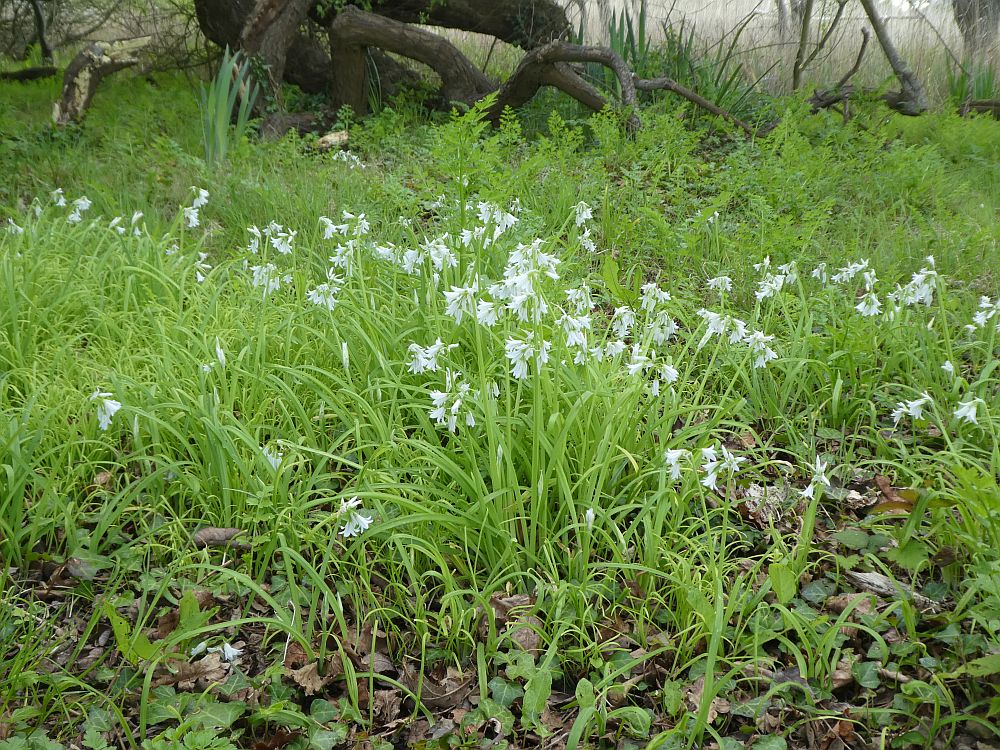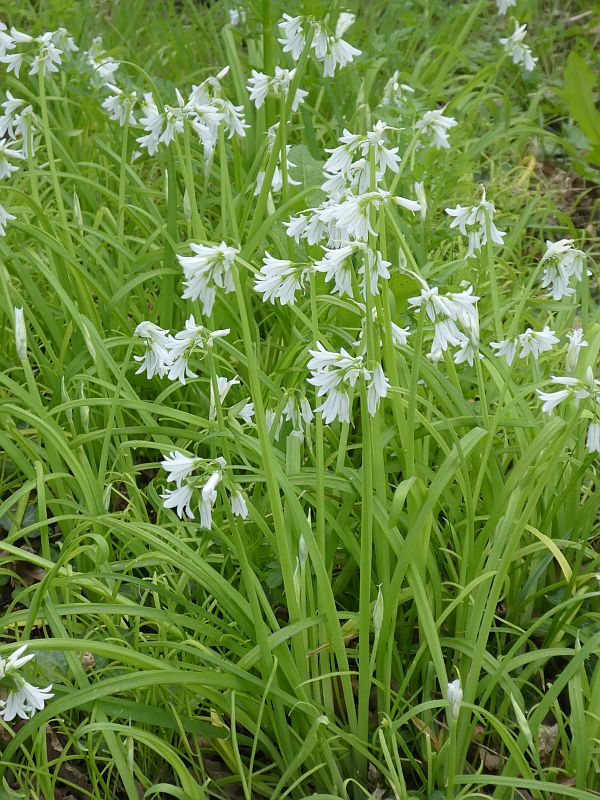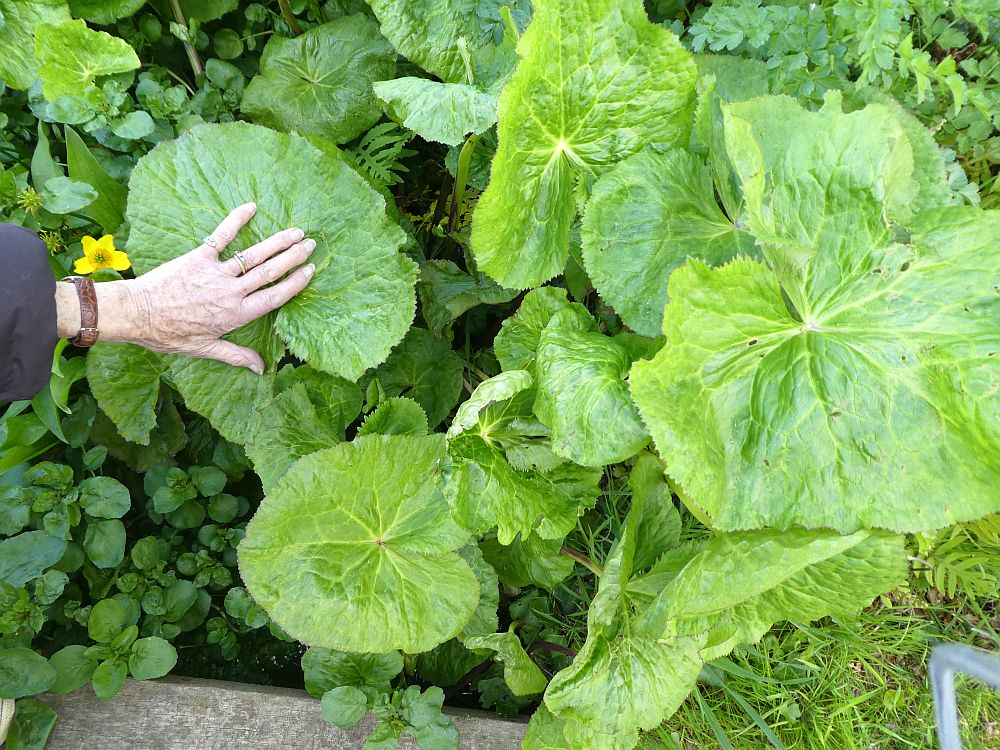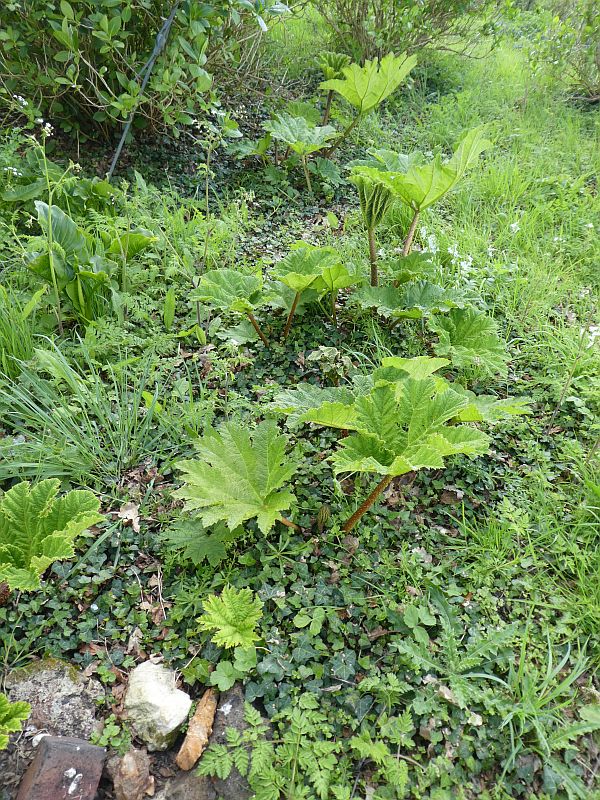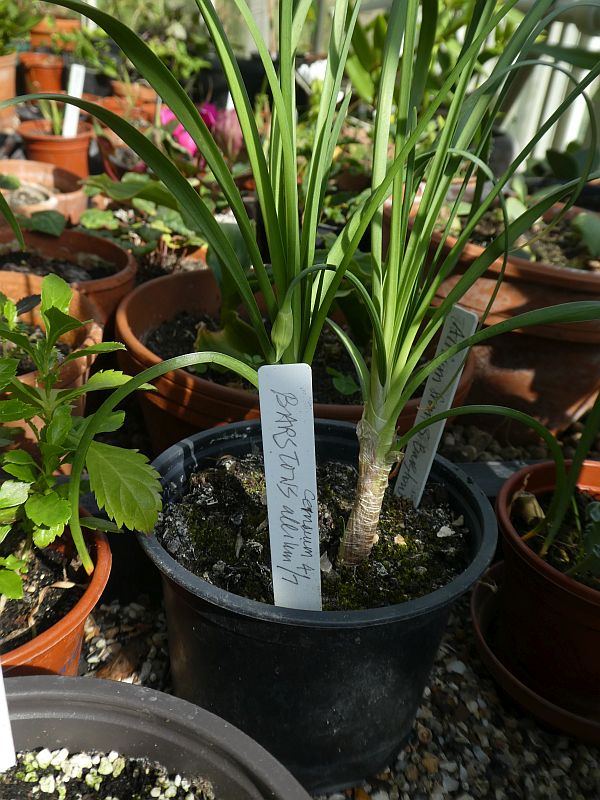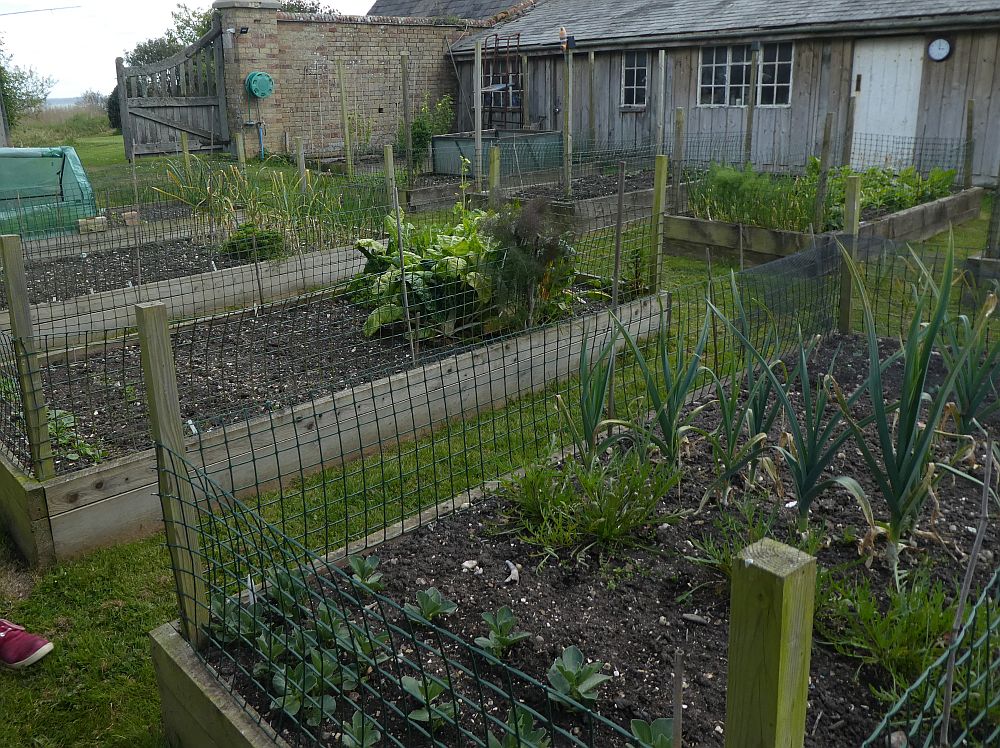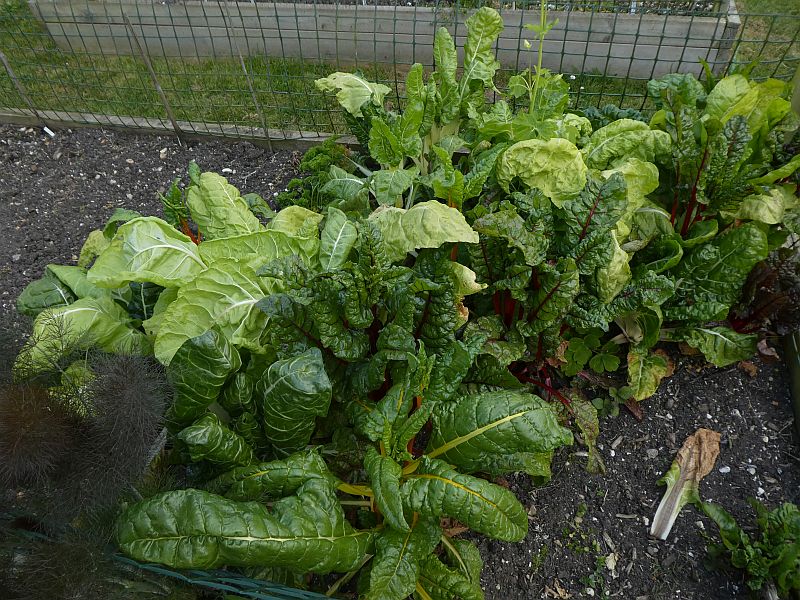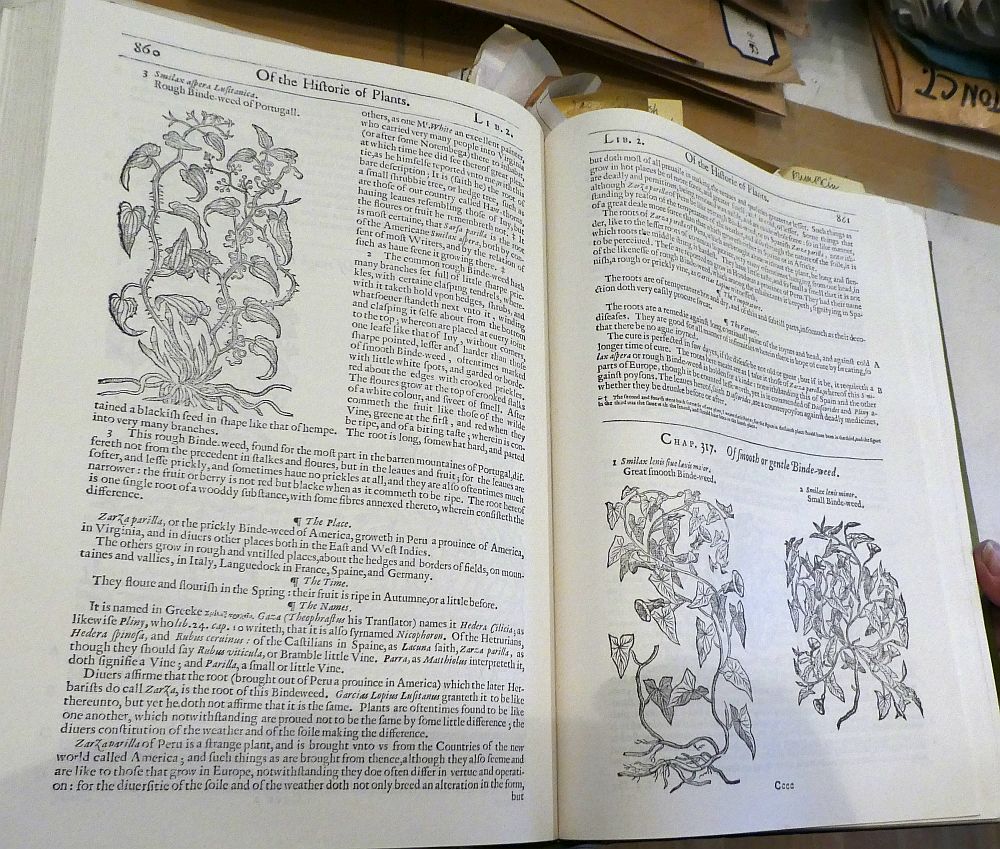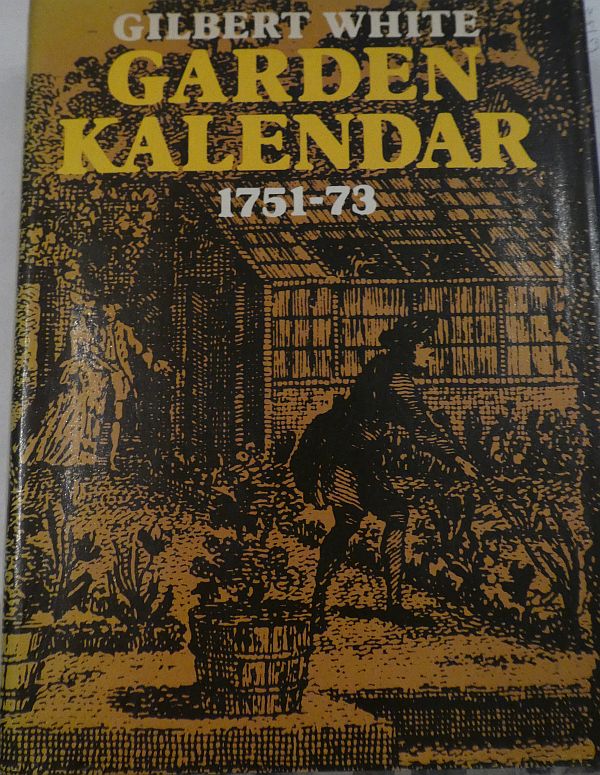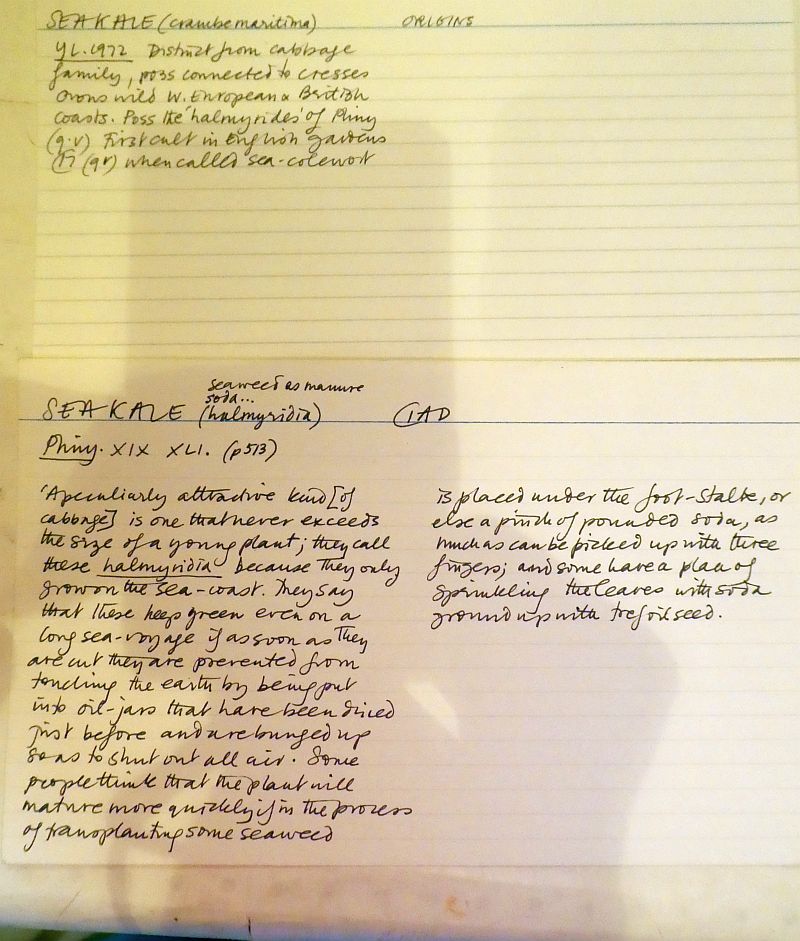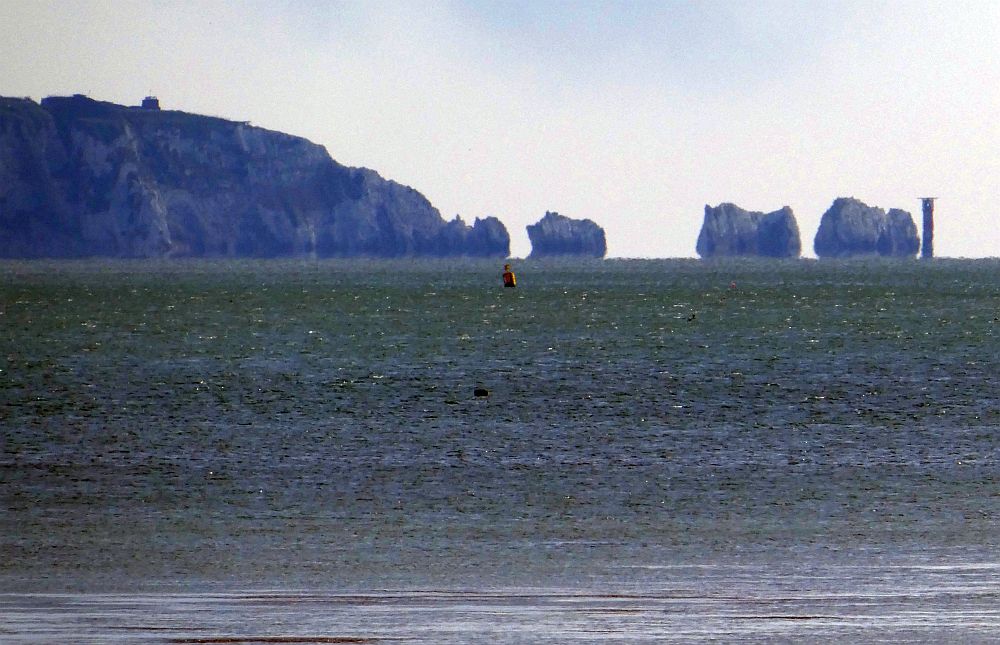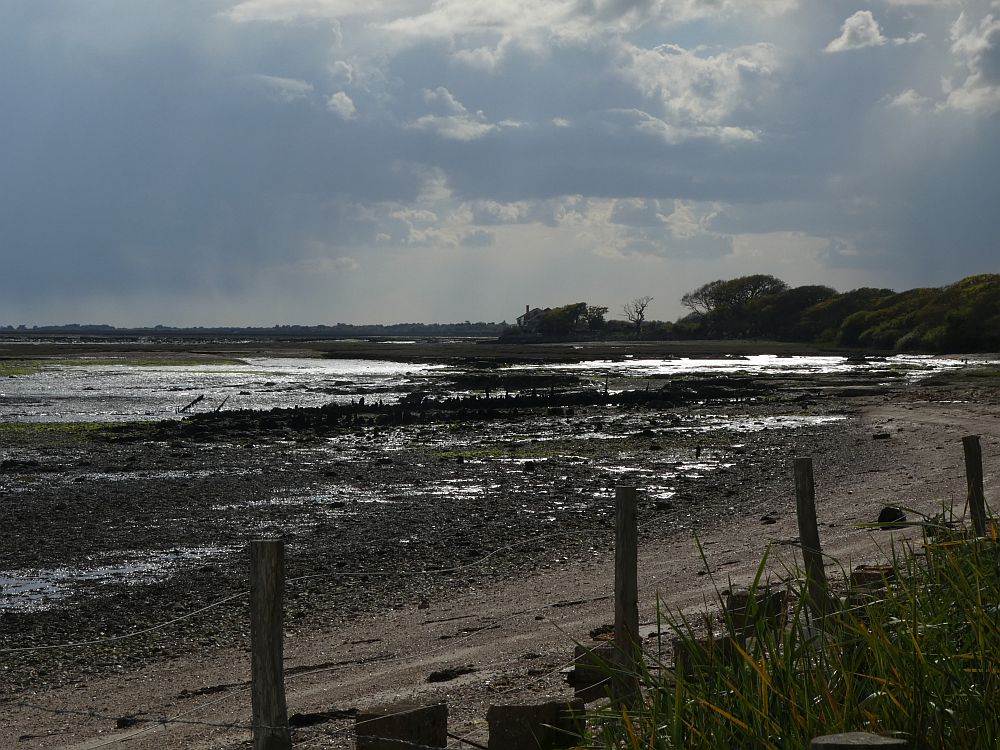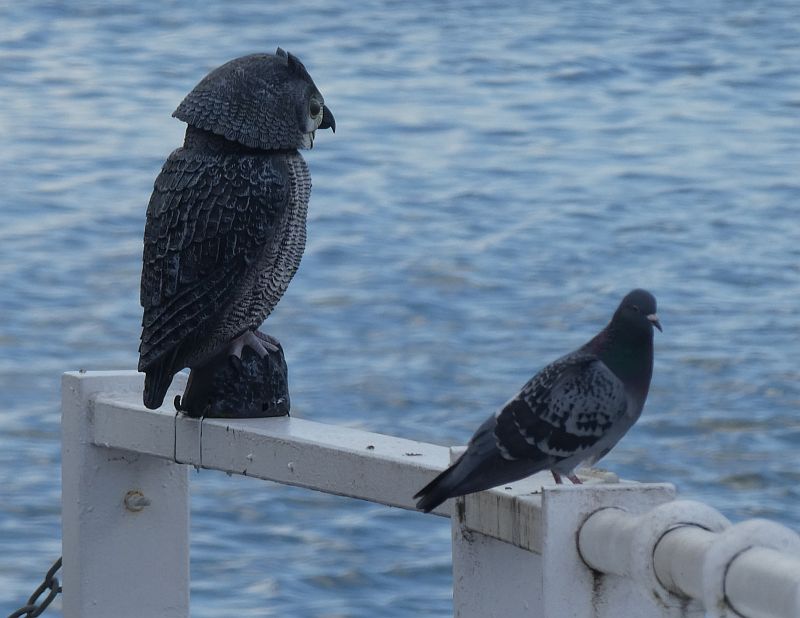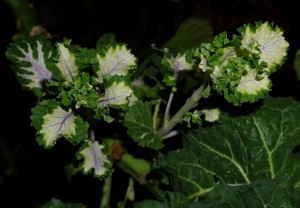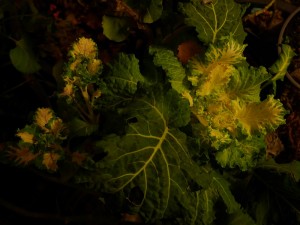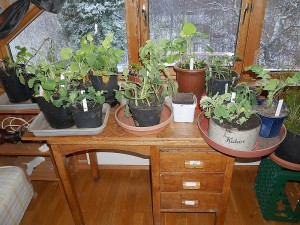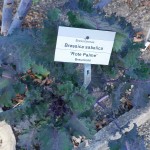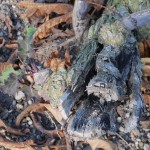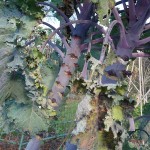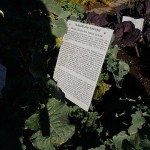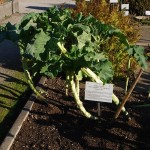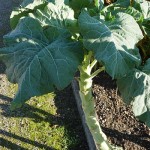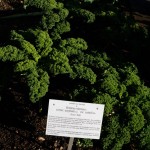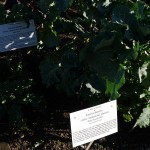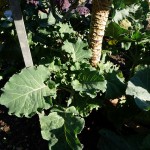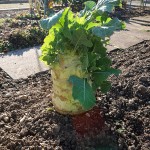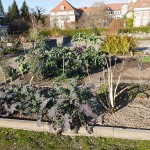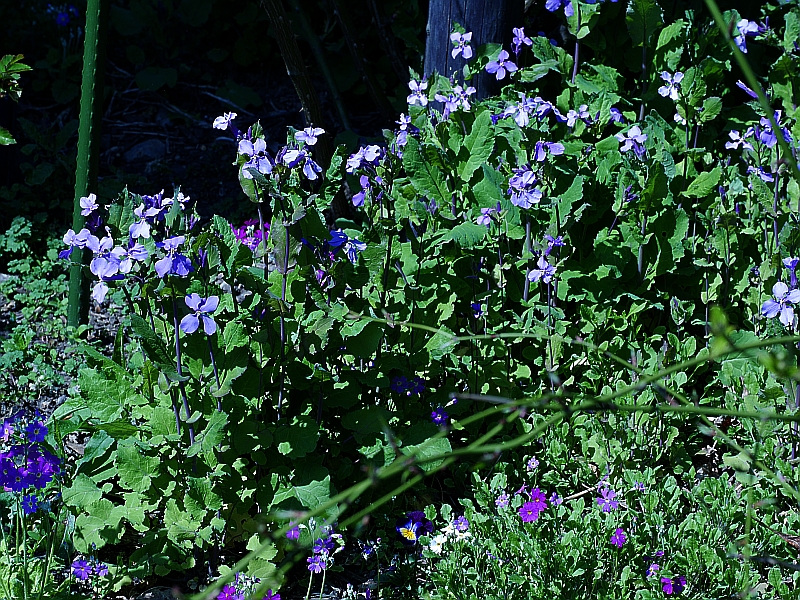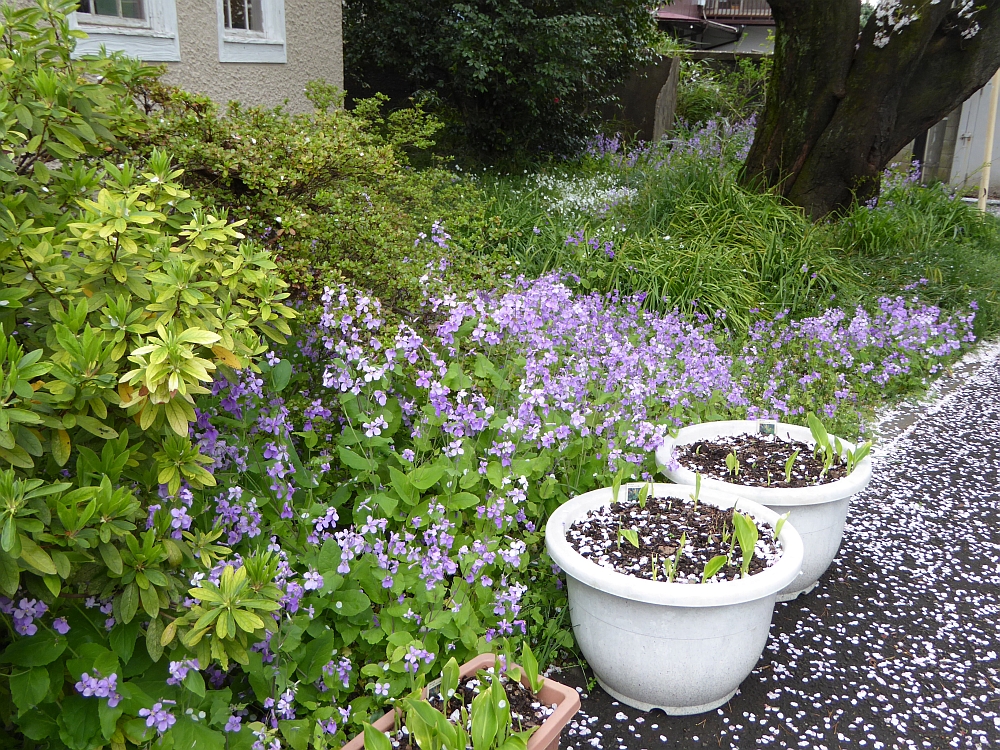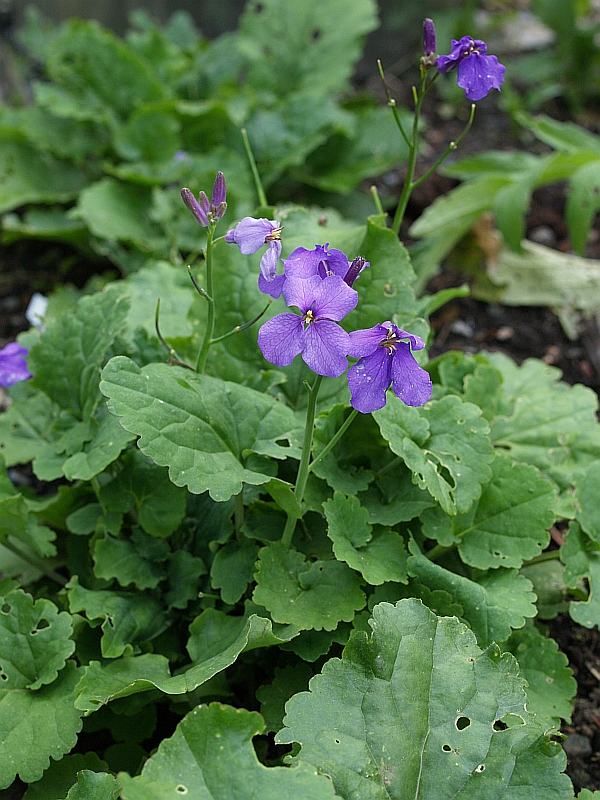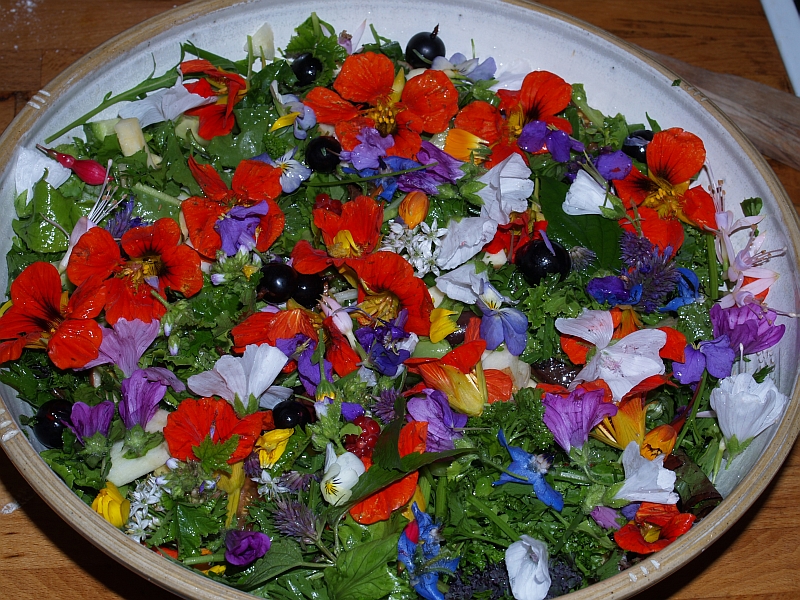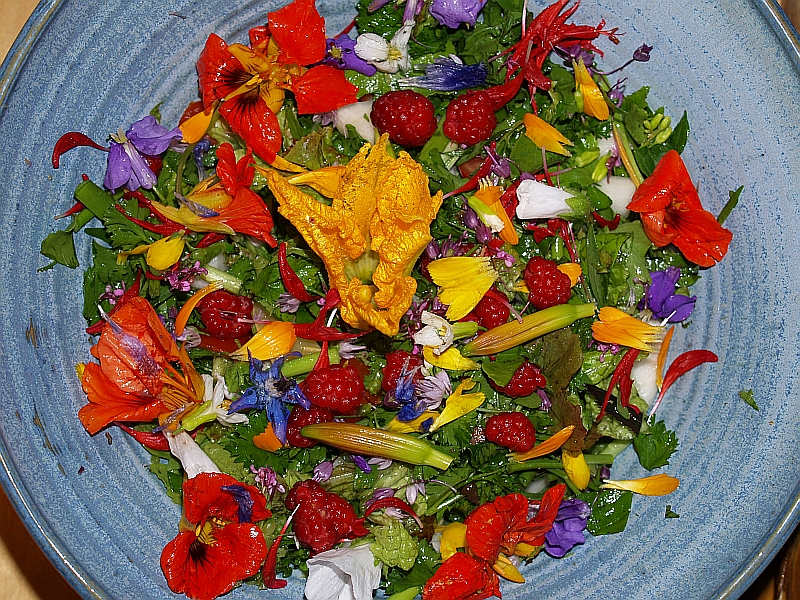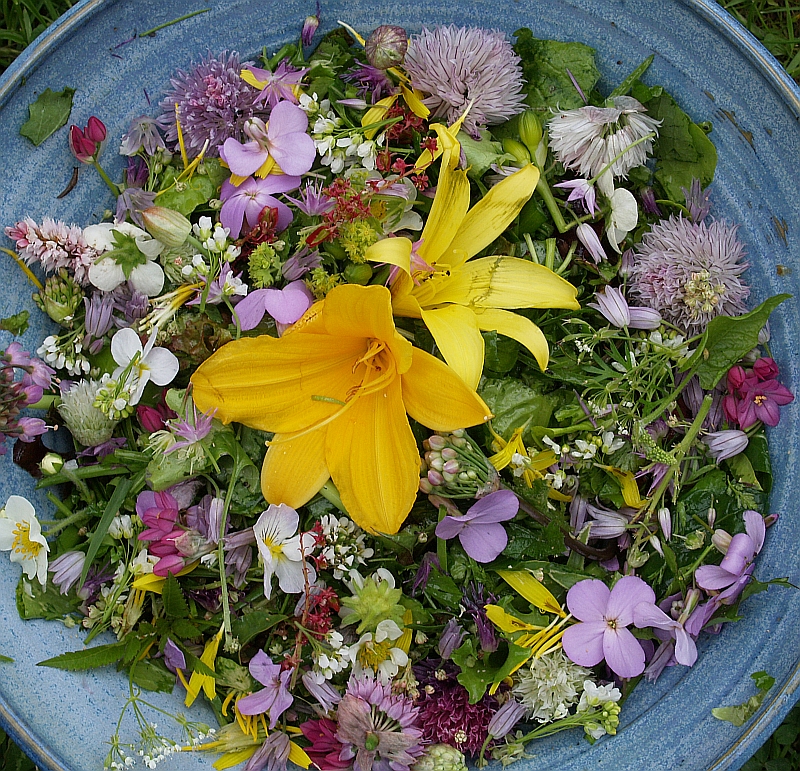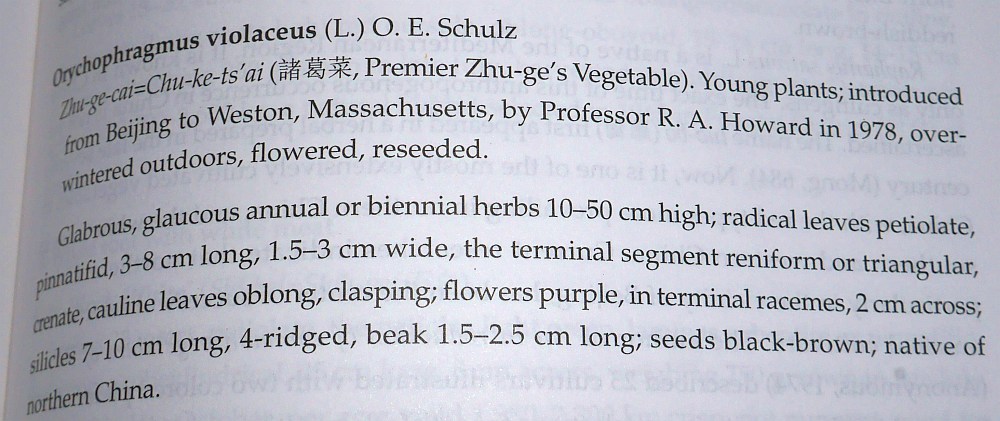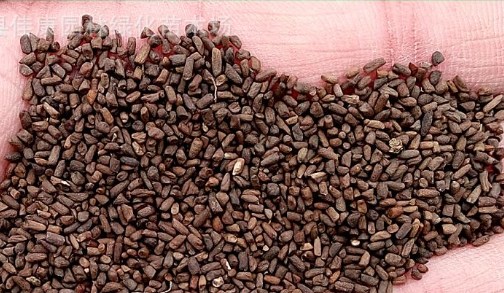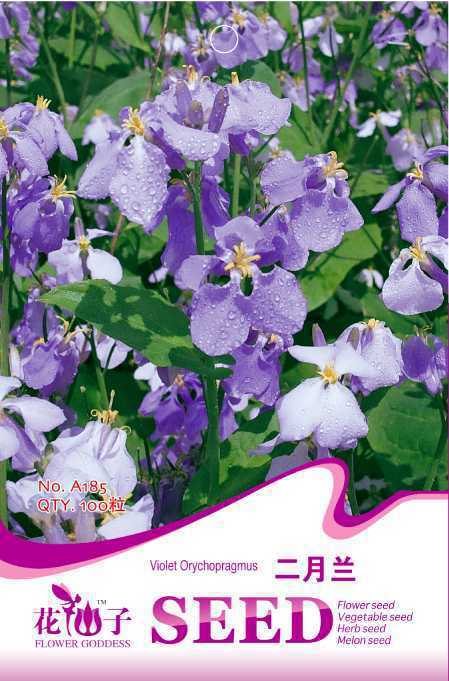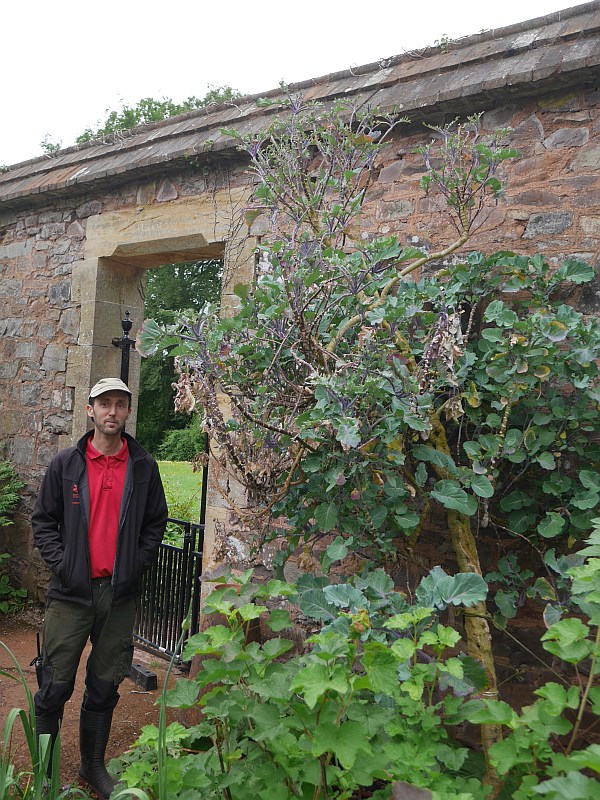Category Archives: Brassica
Bramblings on kale seed
A flock of 10 bramblings (bjørkefink) and 3 chaffinches in the garden this morning. They were also taking kale (Brassica oleracea) seed (second film). I hadn’t noticed this before! A plan then to grow kale seed for the finches in future..
Sea Kale Yard on the Solent
After my visit to Tim Phillips’ walled garden vineyard (see http://www.edimentals.com/blog/?p=10678), I was very happy that Susan Campbell found time in a busy schedule to meet and she drove me to her and husband Mike Kleyn’s home and garden on the Solent… sadly, Mike was travelling on the other side of the world visiting family… :(
Susan is the co-founder, in 2001, of the Walled Kitchen Garden Network and began researching the history of walled kitchen gardens in 1981 (the same year that I moved to Norway, so I know it’s an awful long time!). She has personally visited and photographed over 600 walled kitchen gardens in the UK and abroad, making her a foremost authority on the subject. I met her as she had come across my book and on the strength of it invited me over from Norway to give a couple of talks at the Walled Kitchen Garden Network Forum at Croome (see http://www.edimentals.com/blog/?page_id=2554). You can read more about this network here: http://www.walledgardens.net
However, the main reason for my visit was to see first hand Susan’s sea kale yard, the only operation I’m aware of that delivers seakale commercially in the UK, despite sea kale being for me the most English of all vegetables and for some the King of vegetables! See also my blog post about visiting the Curtis Museum in Alton, coming soon!
Purple-veined variegated perennial Homanics kale!
Perennial kales in my loft room
Diversity of Brassicas in Munich
The best living displays of the diversity of Brassicas I’ve seen was in the Munich Botanical Garden in Germany in November 2015, including an apparently perennial kale I hadn’t seen before… Braunkohl “Rote Palme”. Please let me know if you know more about this kale, also if you know of a source of seed /cuttings.
The Edible Japanese Bluebell!
When I visited Japan in early spring 2016, I noticed a violet/purple flower growing as an ornamental in some gardens and also escaped as a weed.
I finally realized that it was a plant I had grown for a couple of years (2011-2012) as an unusual annual vegetable, Orychophragmus violaceus, known as ‘Chinese Violet Cress’ or ‘February Orchid’, sourced from Horizon Herbs in the US. Despite one of its common names, it’s not an orchid but is related to cress, belonging to the cabbage family Brassicaceae.
It hadn’t grown particularly well in my garden, but it did manage to flower and I used them in various salads during those two years, adding a different colour to the mix and it continued flowering right to the first frosts in November! It was also badly attacked by the usual pests of Brassicas, but it bounced back with masses of shoots from the roots in the autumn when the pest pressure was released. It doesn’t like temperatures below -5C and therefore didn’t have much chance of overwintering here in Malvik (it is biannual in the Far East).
Orychophragmus violaceus has a wild distribution in China and Korea and was introduced to Japan a long time ago both as an ornamental and also as a potential oil seed crop (you can google pictures of it growing alongside rape oil plants). In the wild it has a wide range of habitats from woodlands, gardens, roadsides and open fields. In Japan it has widely naturalized in many habitats thanks to its adaptability and it is now found throughout the islands, encouraged by gardeners who love the early spring flowers. In some parts it carpets woodlands in the early spring and it has been described as the Bluebell of Japan! However it is also a weed in gardens (and as such one of the world’s most beautiful weeds!). In Japan it is known as hanadaikon (“flower-daikon”), which name is also used for Hesperis matrionalis (dame’s violet), ooaraseitou, murasaki-hana-na (“purple-flower-rape”), shikinsou (“purple-gold-plant”). Shokatsusai / zhu ge cai is its Chinese name.
It has also been used as a forage species in China:
“Its shoots are rich in protein, iron, calcium and vitamins A and C. Hence it is a valuable forage. Its shoot yield is high, about 36,400 kg/ha, when cultivated in Chengdu. This plant species is adaptable to grassland, barren hills, roadsides, gardens, etc. Its protein content is higher than most other forage plants.”
Orychophragmus violaceus is mentioned as an edible wild plant alongside Udo (Aralia cordata) in Joy Larkcom’s Oriental Vegetables!
Taunton Deane Perennial Kale video
A short video of the wonderful Taunton Deane perennial kale at Knighthayes Court in Devon, UK where I visited on May 13th 2016.
See more pictures here: http://www.edimentals.com/pictures/index.php?/category/112
Other pages about Knightshayes:
http://www.edimentals.com/blog/?page_id=2505
Taunton Deane’s Perennial Kale at Knightshayes in 2011: http://www.edimentals.com/blog/?page_id=1147
Sparrows working hard removing diamond backs
Here’s more evidence for the importance of having sparrows in our gardens! In the video can be seen both house and tree sparrows (gråspurv og pilfink) feeding on diamond back moth (kålmøll) larvae from kale leaves!
Giant Taunton Deane Perennial Kale
On 13th June 2016, I visited National Trust garden Knightshayes Court near Tiverton in Devon, 5 years after I was there last:
http://www.edimentals.com/blog/?page_id=2505
Many thanks to Sam Brown for showing me around backstage and for posing for scale next to this giant Taunton Deane’s Cottagers Kale, the UK’s only documented old surviving cultivated perennial kale! This one was acccording to Christina Damerel only about 5-6 years old. I was bowled over to see the cottagers kales when I visited 5 years ago, but hadn’t realised how big they could get. The pictures in the link above show plants that weren’t actually that old… The plant in the picture below has a similar stature to the Californian Tree Collards. Sam told me that the woodpigeons graze the higher leaves (you can see this in the picture), but the lower ones are left alone and are also better tasting. The “trunk” was massive!
More pictures from this still great edible walled garden when I get a chance!


